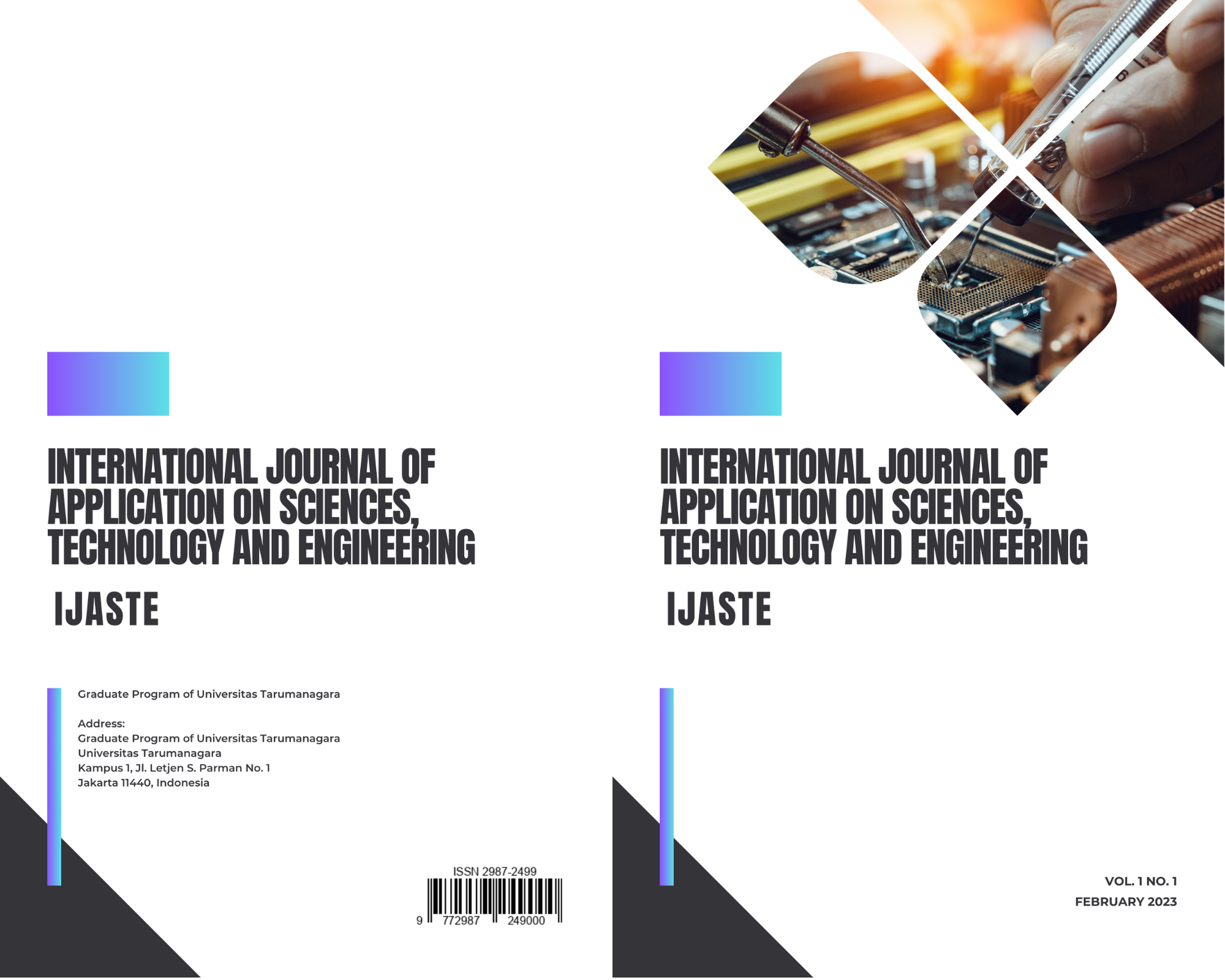Watershed Analysis of Potential Flood Discharge in Tlepok Village
Main Article Content
Abstract
Mine drainage system is an effort to control the flow of water entering a work area so as not to interfere with mining activities. This research is intended as a form of implementation of the mine drainage system in the form of a discharge calculation by taking into account the condition of the watershed, then calculating the discharge plan for the return period to predict flood discharge at the research location. For rivers with high flow rates, it is planned to reduce the flood discharge in order to prevent the channel water level from exceeding its capacity. The research location is in Tlepok village, Karangsambung sub-district, Kebumen district, Central Java. In the study, the maximum river flow discharge was 1365.41 m3/s and the planned return period discharge was 520.46 m3/s up to 687.47 m3/s. Based on the calculation results, land conversion planning and river normalization planning were carried out to reduce the discharge in the watershed in Tlepok Village.
Article Details

This work is licensed under a Creative Commons Attribution-NonCommercial-ShareAlike 4.0 International License.
References
F. Andikha, Application of Ecodrainage System in Reducing Flood Potential (Case Study in Sampang Regency), (Publisher Name, Publisher City, 2017), pp. 219.
C. Asdak, Hydrology and watershed management., (Gadjah Mada University, Yogyakarta, 2002).
National Standardization, The procedure for calculating the water level of the river in a simple way is based on the Manning formula. (Publisher Name, Publisher City, 2008).
National Standardization, SNI 8066: Procedures for Measuring River Flow and Open Channels Using Flow Measuring Instruments And Buoys In SNI 8066:2015 National Standardization, (2015).
R. Cahyani, Evaluation of the mine drainage system on the sedimentation rate at the central
sediment sump, PT Bumi Suksesindo, Banyuwangi, East Java. (2019).
S. Fattah, Analysis of the use of the hss nakayasu method for flood control in the Sei Sikambing C II sub-district, Helvetia sub-district, Medan city, (Muhammadiyah University, North Sumatra,2018).
G. Halim, Study of the influence of aquifers on areas prone to landslides based on the resistivity value of the geoelectric in Tlepok village, Karangsambung, Central Jawa, (Trisakti University, West Jakarta, 2020).
S. Kodoatie Robert J, Floods are some of the causes and methods of controlling them from an environmental perspective. Learning Library. (Publisher Name, Publisher City, 2002)
G. Nusanto, And Nurkhamim, Design model of sand mining in the upstream of a volcano in the context of normalizing river functions with an insight into disaster mitigation and conservation of water resources, (Publisher Name, Publisher City, 2020).pp. 93–100.
S. Prabowo A. and Mahmud, Development of Nakayasu and Gama I Synthetic Unit Hydrographs on Observation Unit Hydrographs in Katingan Watershed Technology Journal 2014, 3(2), (Publisher Name, Publisher City, 2014), pp. 66–70.
B. Septriawan, Planning of the drainage system for the western mine progress of PT Daya Bambu Sejahtera, Mangupeh village, Tebo district, Jambi. (Publisher Name, Publisher City, 2018).
S. Sosrodarsono, And K. Takeda, Hydrology for irrigation (Sosrodarsono Suyono; Takeda Kensaku, Ed.). Pradnya Paramita. (Publisher Name, Publisher City, 1999).
Suripin. Conservation of land and water resources (ANDI, Ed.). ANDI (Publisher Name, Publisher City, 2004).
S. Suwignyo, HSS Modeling. (Publisher Name, Publisher City, 2001).
L. Tanika, Jardiknas technical guide. (Publisher Name, Publisher City, 2009). pp. 61, 1–6



